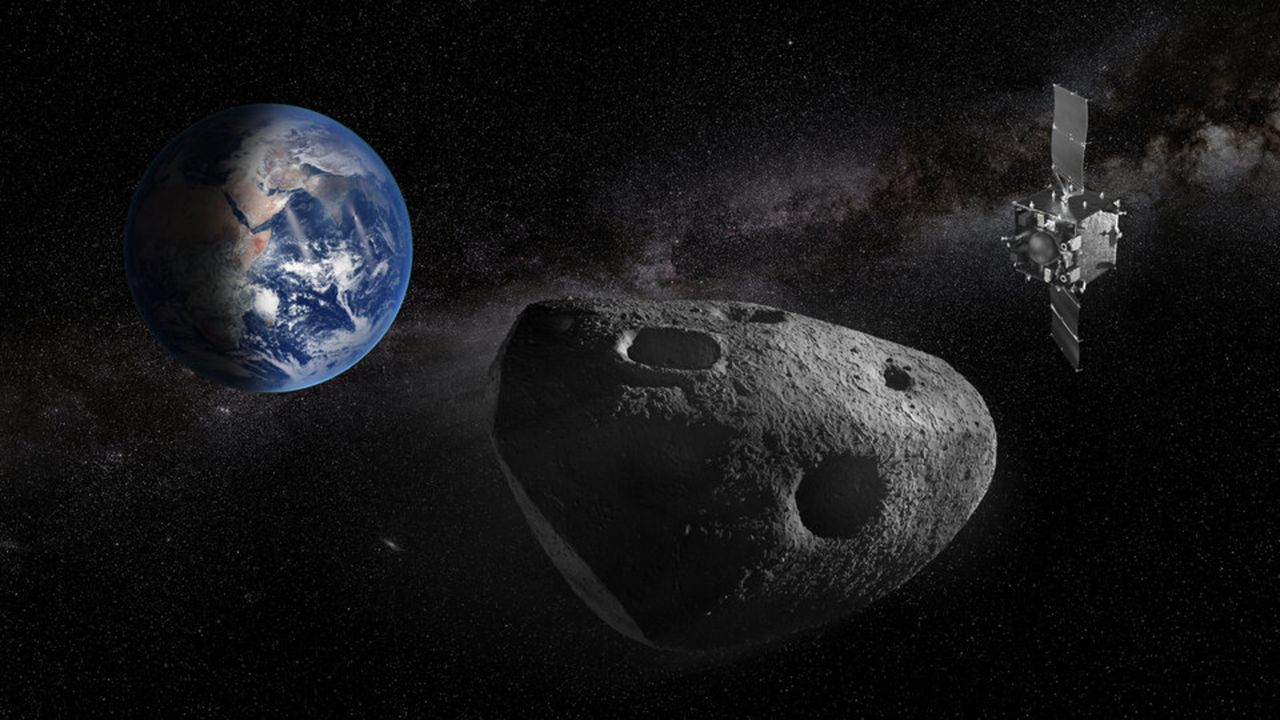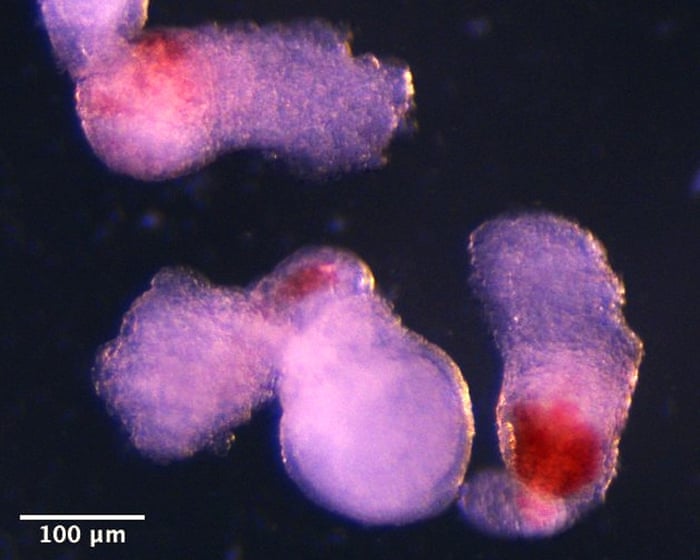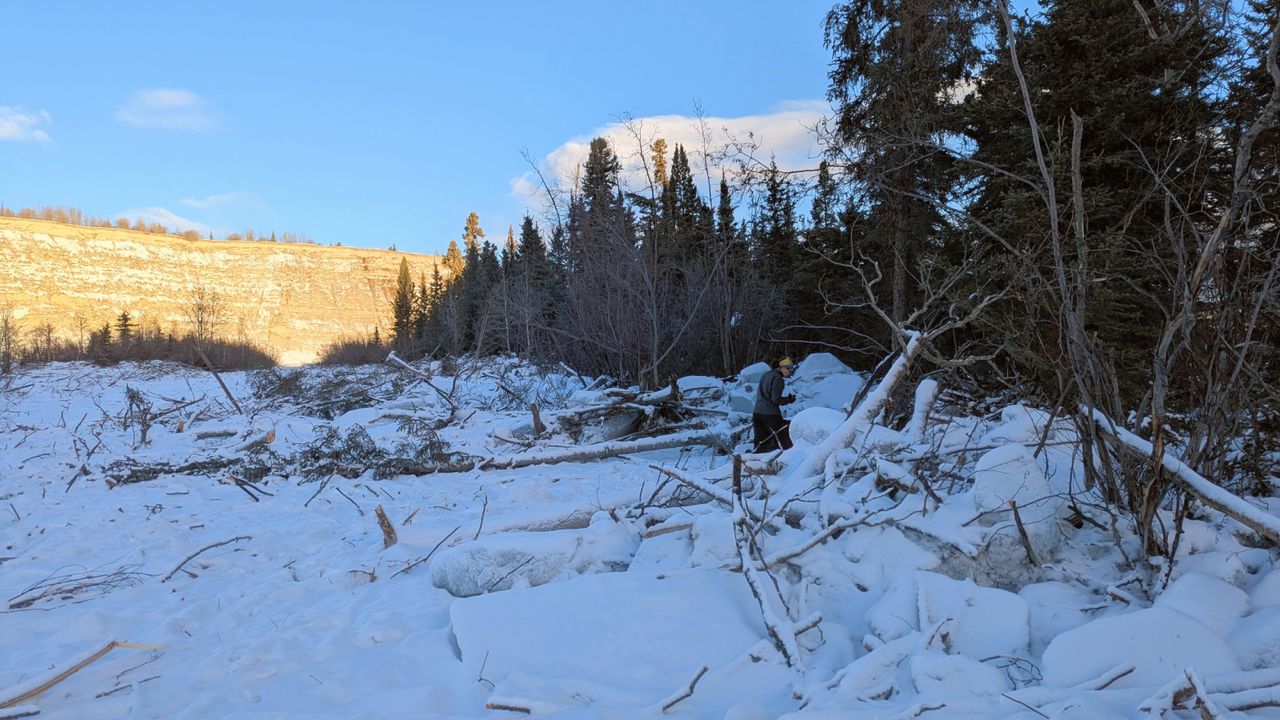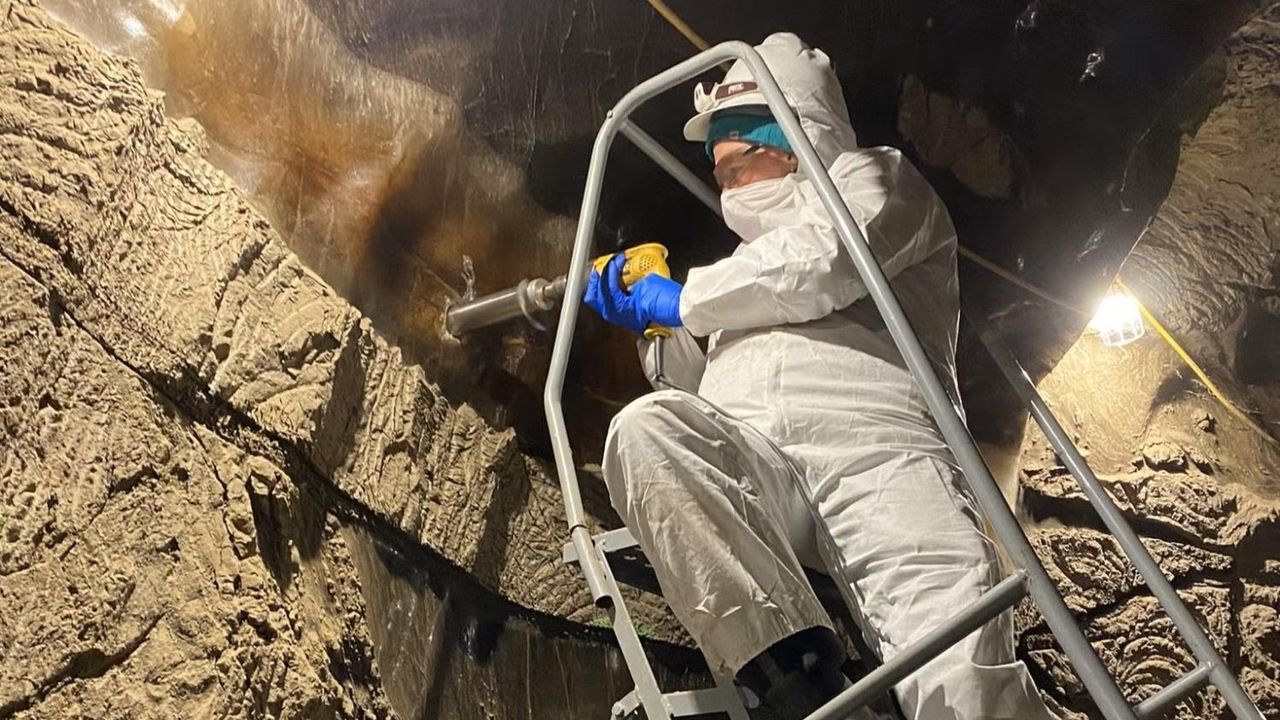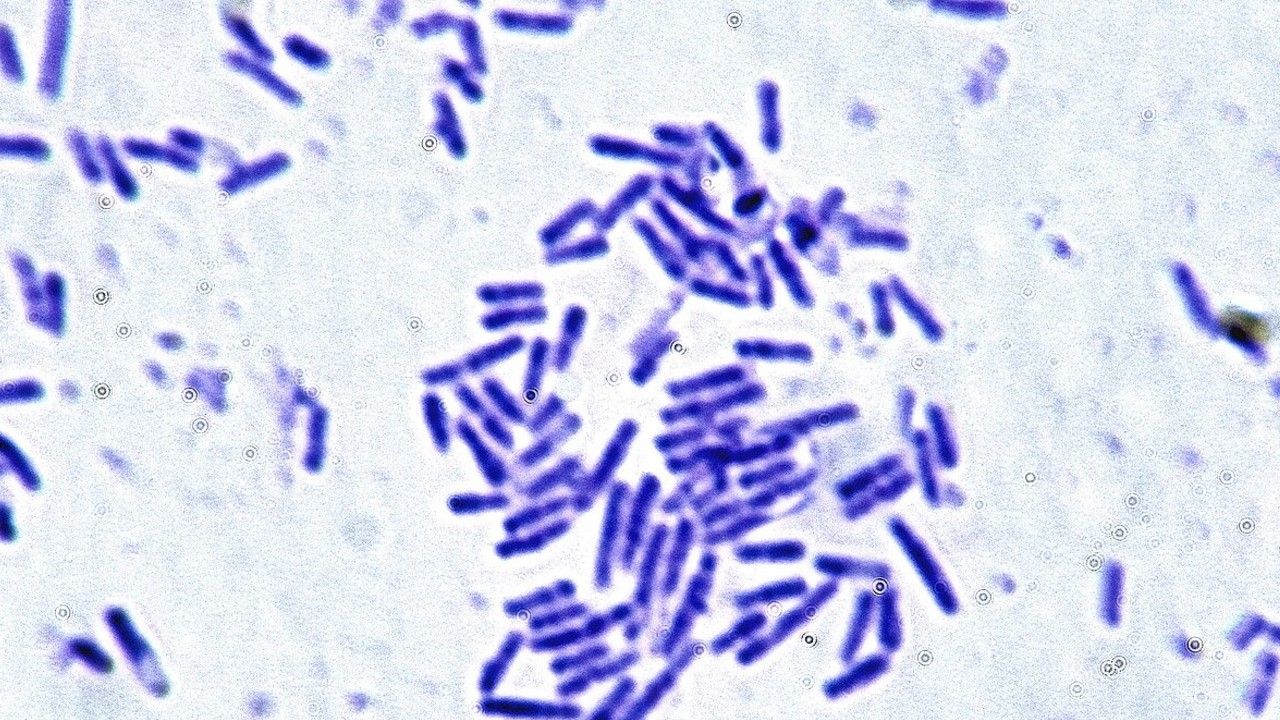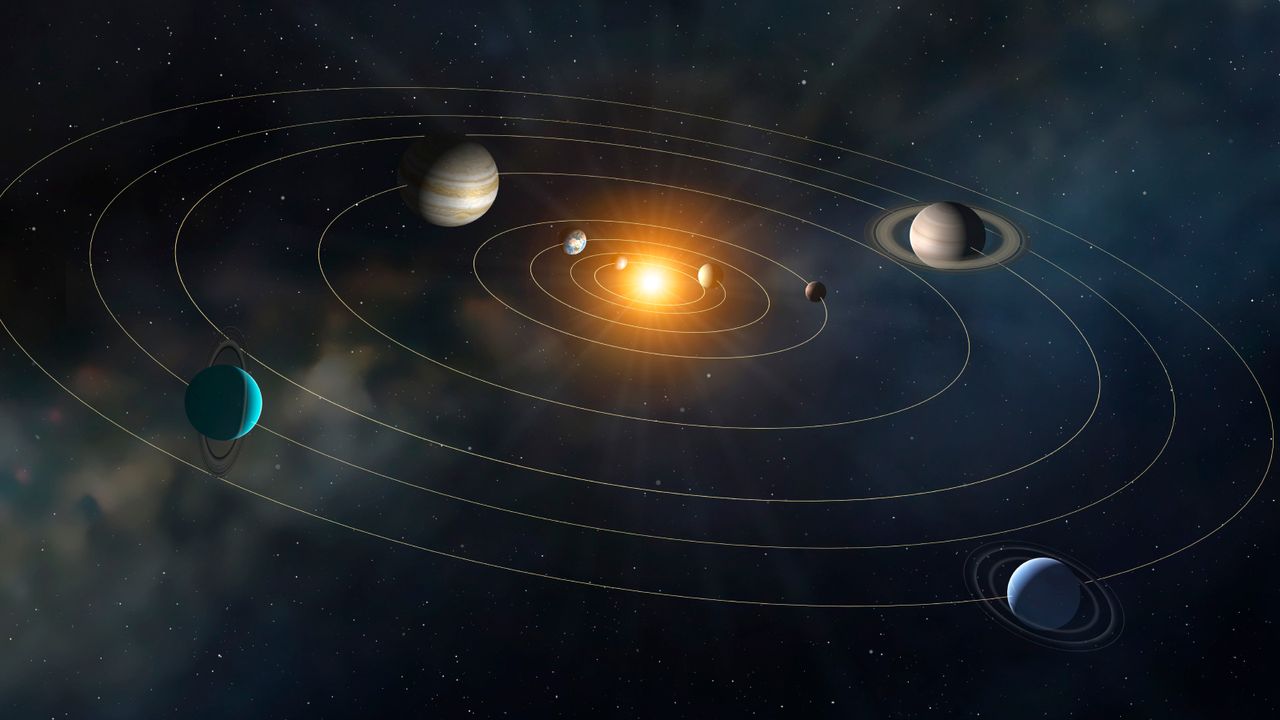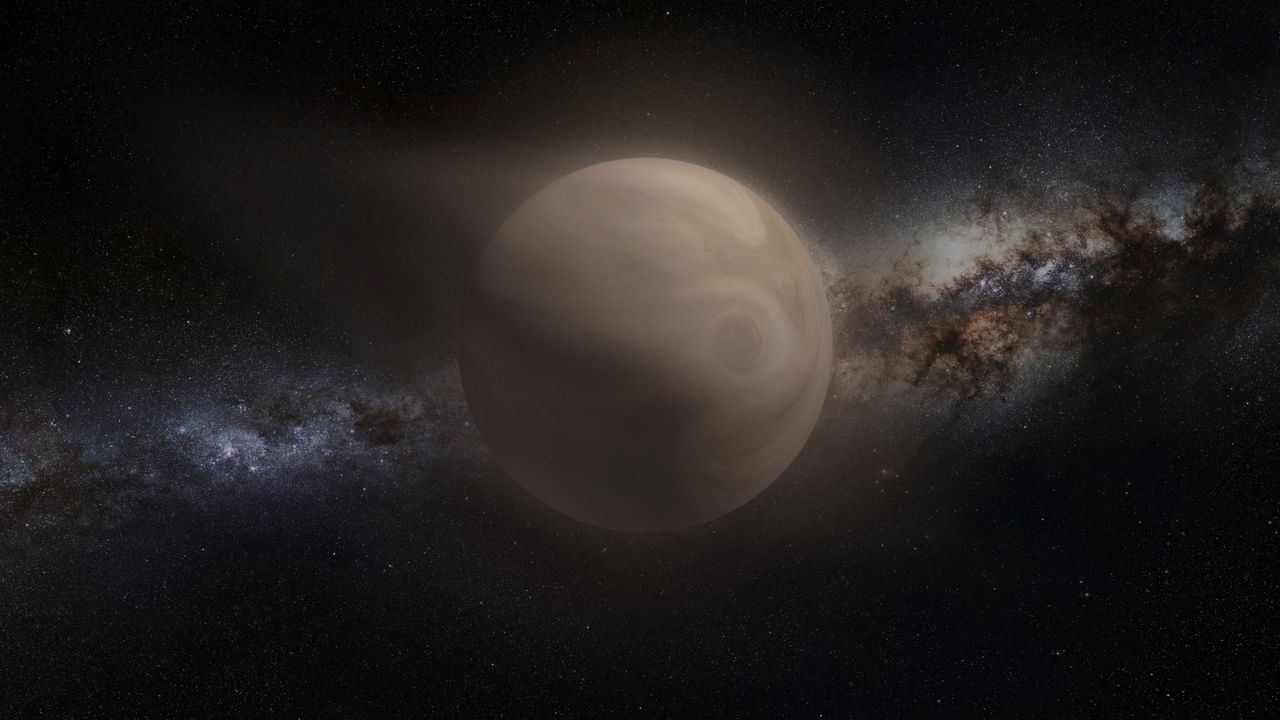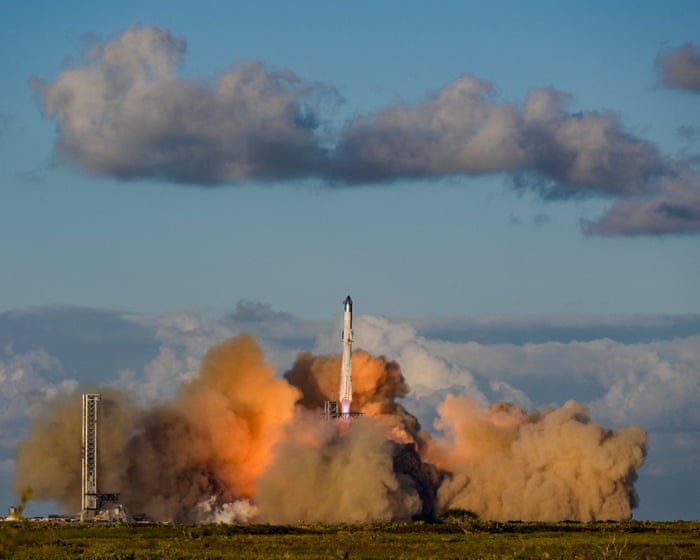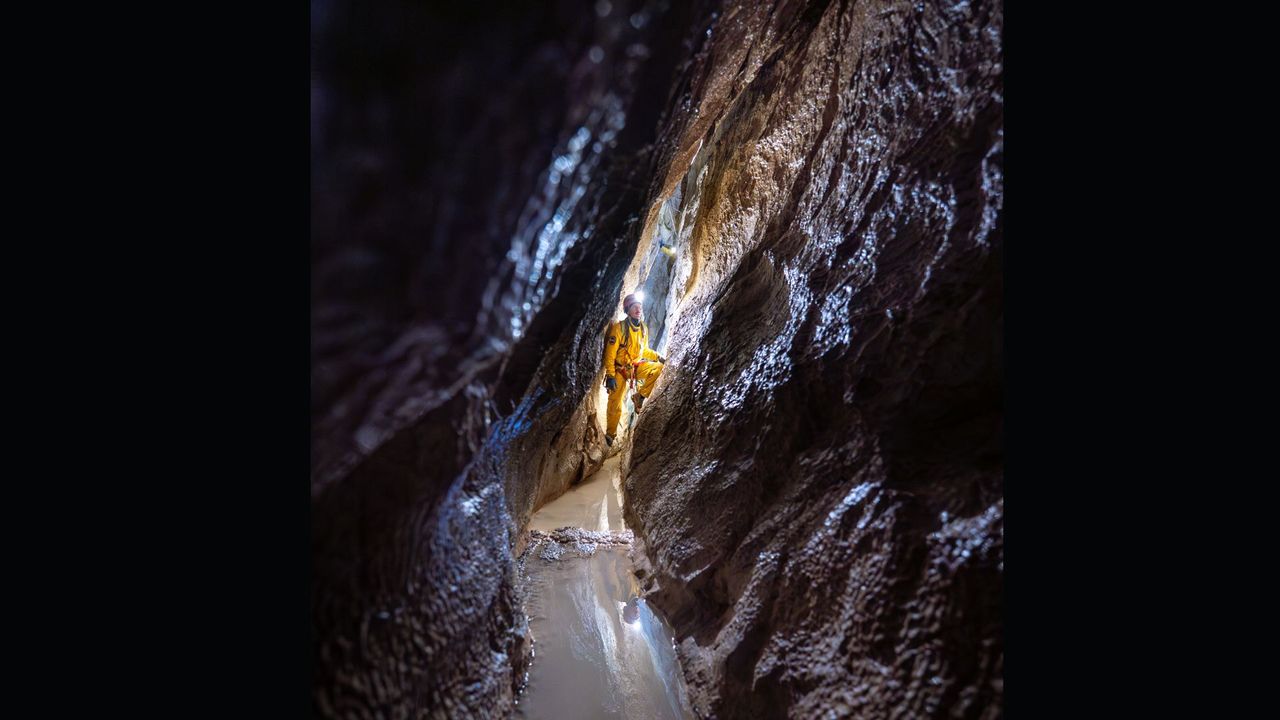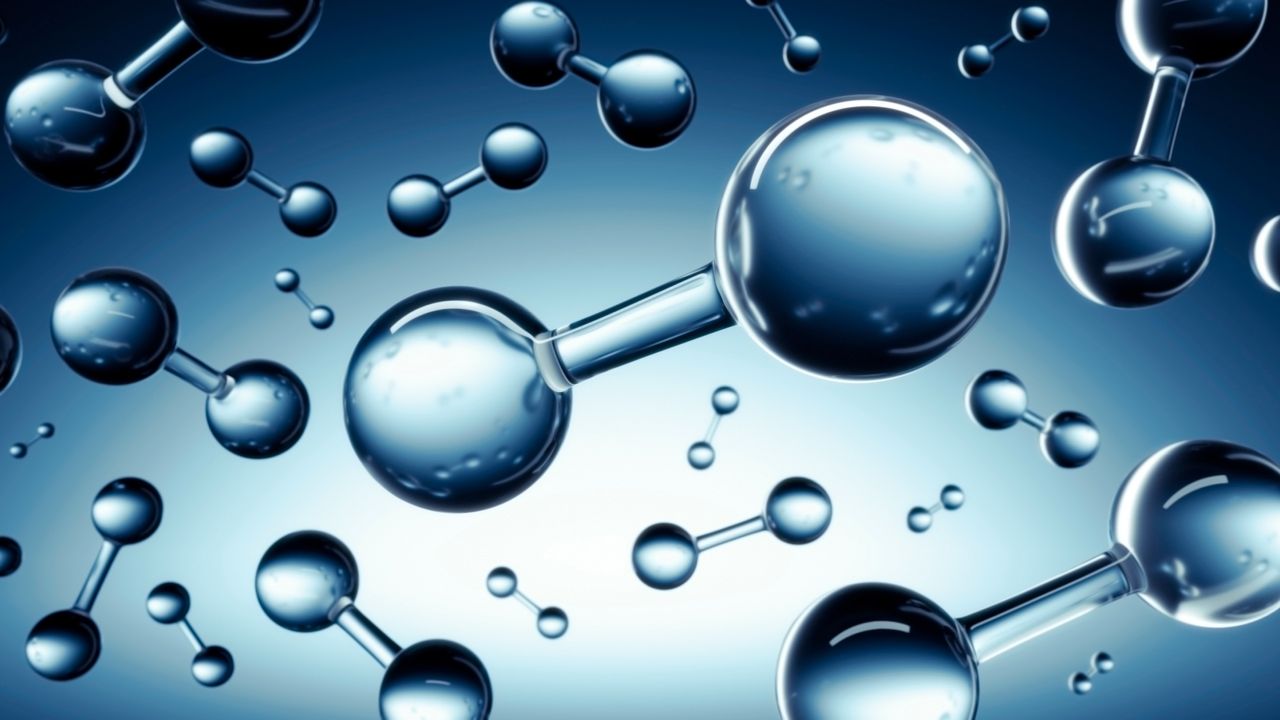Scientists Map Microbiome Hidden Deep inside Tree Trunks
PositiveScience
Scientists have made a groundbreaking discovery by mapping the microbiome hidden deep inside tree trunks. This inner heartwood is home to methane-producing microbes that thrive in oxygen-poor environments, similar to those found in swamps and cow guts. This research is significant as it enhances our understanding of tree biology and the role these microbes play in ecosystems, potentially influencing carbon cycling and climate change mitigation efforts.
— Curated by the World Pulse Now AI Editorial System
